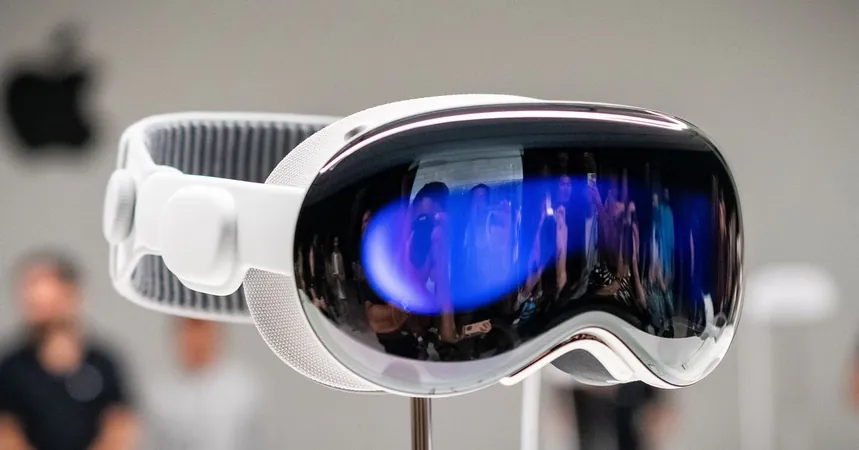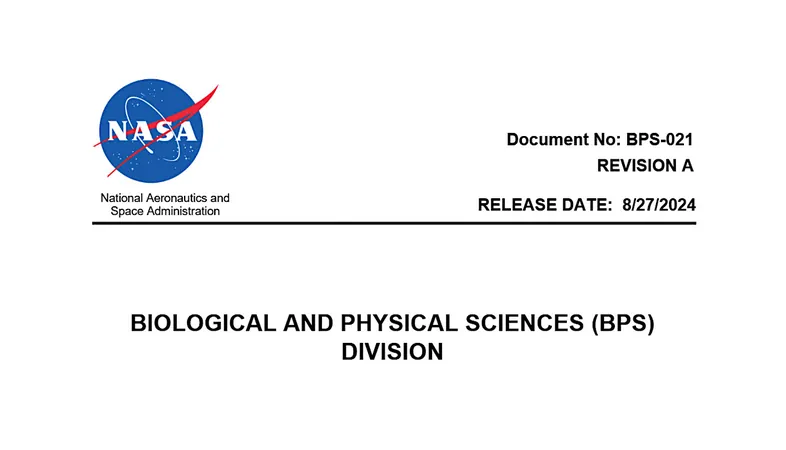
Apple’s Vision Pro: Is visionOS 2 Enough to Transform the Experience?
2024-09-18
Apple’s Vision Pro: Is visionOS 2 Enough to Transform the Experience?
This week, Apple has reenergized its Vision Pro headset with the launch of visionOS 2, alongside updates to its other operating systems. For the select few who have embraced this premium device and potential future buyers, this upgrade shines a light on Apple's enduring commitment to the emerging field of augmented reality (AR).
While the updates in visionOS 2 may not constitute a complete overhaul, they do enhance the user experience significantly. Key updates include new gesture controls, improved device compatibility, and features designed to encourage longtime owners to revisit their headsets and explore what's new.
Fundamental Enhancements
Perhaps the most noteworthy improvement is the addition of Bluetooth mouse support and the long-awaited capability to rearrange apps on the home screen—offering more flexibility compared to the original alphabetical layout. Users can now neatly organize their iPad and iPhone apps alongside Vision Pro-native apps, eliminating clutter and enhancing usability. However, many are still eagerly awaiting the ability to create custom folders, as navigating through multiple app pages can be cumbersome.
Navigating the platform feels more intuitive now, thanks to new gesture controls. For instance, users can now bring up the home screen by bringing their fingers together after spotting a circle that appears when they look at their palm. Additionally, flipping one's wrist produces a pill-shaped status bar that displays essential information like time and battery life, further streamlining usability.
Productivity Boosts
For those looking to use the Vision Pro for work, visionOS 2 brings improvements like keyboard awareness, seamlessly integrating existing keyboards into the experience. However, users should note that compatibility largely centers on Apple’s own keyboards, raising eyebrows about the inclusivity of the feature.
While Apple teased the introduction of a curved ultrawide virtual display for productivity at WWDC, it remains to be seen when this highly anticipated feature will roll out.
Fun Features to Explore
The update also introduces exciting new features aimed at enhancing recreational use. Among them, the ability to convert standard photos into 3D spatial images adds a fun twist to old memories, reminiscent of the Portrait mode introduced on the iPhone. Though intriguing, the 3D conversion come with its quirks, often leading to humorously distorted effects on hair and edges, especially for those wearing glasses.
Additionally, a new option allows for the saving of a guest user's hand and eye data, streamlining the setup process during shared use—though an expanded capability for multiple users would be ideal for families or groups sharing the headset.
When it comes to video consumption, users will appreciate enhancements in Safari, which now allows for a seamless full-screen video experience. Users can enjoy an immersive mode that transforms any video into a colossal screen floating in the environment, casting soft light around them. While this momentarily distracts from the lack of dedicated apps for platforms like YouTube and Netflix, users can still rely on third-party applications for a satisfying viewing experience.
Moreover, Safari's support for WebXR enables users to access web-based AR and VR content, a feature that promises exciting gaming experiences—though early adopters indicate many of these games struggle with compatibility issues.
Are We Ready to Invest?
Despite these enticing improvements, whether visionOS 2 will significantly boost Vision Pro sales remains uncertain. Recent analysis indicates sales may not reach 500,000 units this year, driven largely by user hesitancy linked to comfort and high pricing. Apple's forthcoming budget-friendly headset could potentially tilt the scales in a few years.
While the $3,499 Vision Pro offers an array of enhancements with the visionOS 2 update, persistent concerns such as its narrow field of view and the solitary nature of using the headset linger. Ultimately, while visionOS 2 steps are promising, the question remains: is it enough to convince new users to jump on board?



 Brasil (PT)
Brasil (PT)
 Canada (EN)
Canada (EN)
 Chile (ES)
Chile (ES)
 España (ES)
España (ES)
 France (FR)
France (FR)
 Hong Kong (EN)
Hong Kong (EN)
 Italia (IT)
Italia (IT)
 日本 (JA)
日本 (JA)
 Magyarország (HU)
Magyarország (HU)
 Norge (NO)
Norge (NO)
 Polska (PL)
Polska (PL)
 Schweiz (DE)
Schweiz (DE)
 Singapore (EN)
Singapore (EN)
 Sverige (SV)
Sverige (SV)
 Suomi (FI)
Suomi (FI)
 Türkiye (TR)
Türkiye (TR)